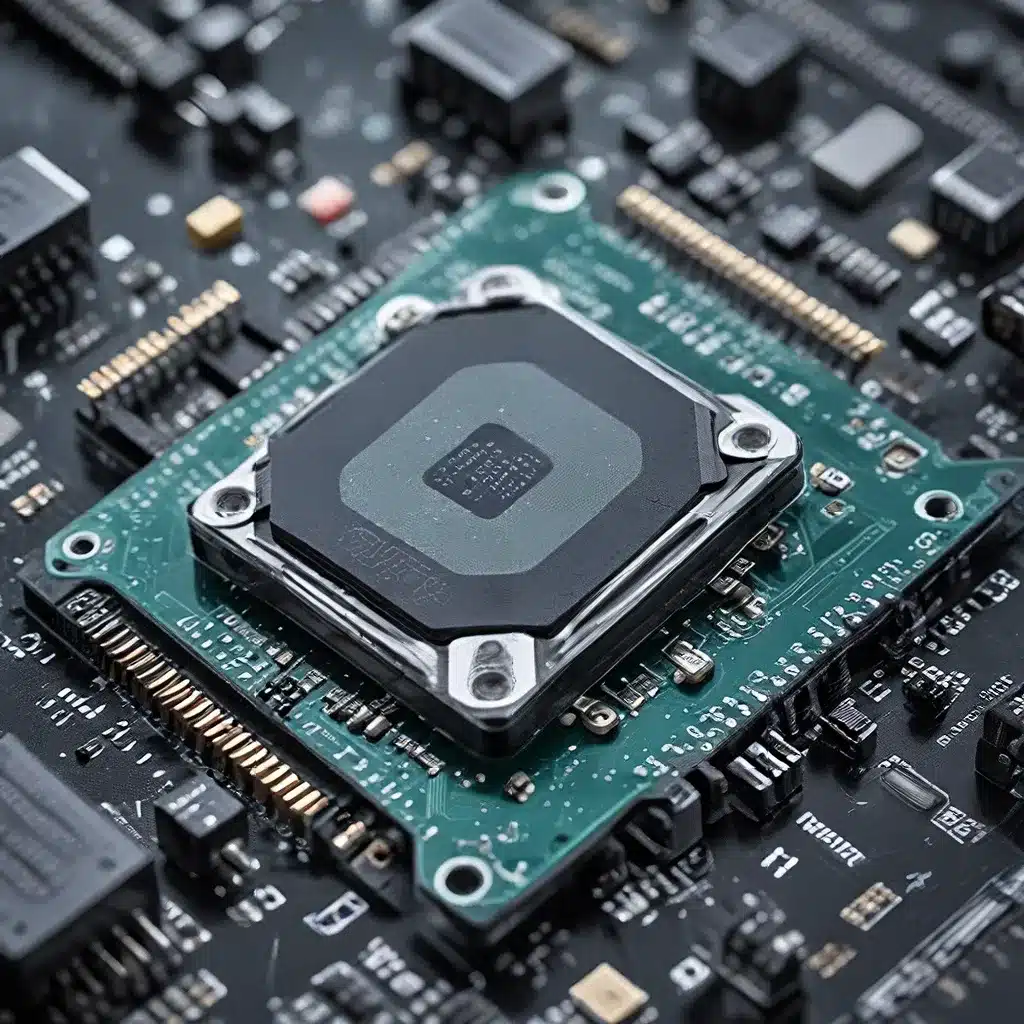
Unlocking the Potential of Sensor Networks in the IoT Era
In the rapidly evolving landscape of the Internet of Things (IoT), sensor networks have emerged as the backbone, enabling the seamless collection, transmission, and analysis of vast amounts of data. As IoT applications continue to proliferate across industries, from smart cities and healthcare to industrial automation and environmental monitoring, the demand for accurate, reliable, and energy-efficient sensor technologies has never been higher.
Advancements in sensor design have been at the forefront of this technological revolution, driving improvements in precision, sensitivity, and robustness. These innovations are crucial in ensuring the integrity and reliability of the data collected, which in turn underpins the decision-making processes and real-time applications that define the IoT ecosystem.
Enhancing Sensor Accuracy and Precision
One of the key challenges in sensor network design is achieving optimal accuracy and precision. Accuracy refers to the degree of closeness between the sensor’s measured value and the actual or true value, while precision describes the repeatability and consistency of the sensor’s measurements.
Strategies to enhance sensor accuracy and reliability include the use of calibration techniques, the implementation of advanced signal processing algorithms, and the incorporation of multi-sensor fusion algorithms. These approaches help to mitigate the impact of environmental factors, sensor drift, and other sources of error, ensuring that the data collected is of the highest quality and fidelity.
Moreover, sensor miniaturization and the development of MEMS (Micro-Electro-Mechanical Systems) technologies have enabled the creation of smaller, more precise, and more cost-effective sensor solutions. These advancements have paved the way for the widespread integration of sensor networks into a diverse range of IoT applications, from wearable health monitoring devices to industrial process control systems.
Improving Sensor Reliability and Robustness
In addition to accuracy and precision, sensor reliability and robustness are crucial factors in the design of effective sensor networks. Sensors must be able to withstand exposure to harsh environmental conditions, mechanical stresses, and electromagnetic interference without compromising their performance or data integrity.
Strategies to enhance sensor reliability and robustness include the use of redundant sensor architectures, advanced packaging techniques, and predictive maintenance algorithms. These approaches help to ensure that sensor networks can operate reliably and continuously, even in challenging environments, without the need for frequent maintenance or calibration.
Moreover, the integration of self-diagnostic capabilities and self-healing mechanisms into sensor designs has further enhanced the autonomy and resilience of IoT sensor networks, making them more adaptable to changing conditions and less prone to failures.
Addressing Sensor Network Security Challenges
As sensor networks become increasingly pervasive and integral to the functioning of critical infrastructure and sensitive applications, the security of these systems has become a pressing concern. Cyberattacks, data breaches, and unauthorized access to sensor networks can have devastating consequences, ranging from privacy violations to system malfunctions and safety hazards.
To address these security challenges, sensor network designers are employing a range of robust security protocols, encryption algorithms, and access control mechanisms. These measures help to protect the integrity of sensor data, safeguard network communications, and prevent unauthorized access to the system.
Additionally, the development of secure sensor node architectures and the incorporation of hardware-based security features, such as tamper-resistant enclosures and secure element chips, have further enhanced the resilience of sensor networks against malicious attacks.
Optimizing Energy Efficiency in Sensor Networks
The energy consumption of sensor networks is another critical factor in their design and deployment, particularly in applications where battery life and power management are crucial. Sensor nodes, which are often deployed in remote or inaccessible locations, must be capable of operating for extended periods with minimal maintenance or battery replacements.
To address this challenge, energy-efficient sensor design strategies have emerged, such as the use of low-power microcontrollers, energy-harvesting technologies, and adaptive duty-cycling mechanisms. These approaches help to reduce the overall power consumption of sensor nodes, enabling them to operate for longer durations and reducing the need for frequent battery replacements or recharging.
Moreover, the integration of energy-efficient communication protocols, such as low-power wide-area network (LPWAN) technologies, has further enhanced the energy efficiency of sensor networks, allowing for the long-range transmission of sensor data with minimal power requirements.
Conclusion: Driving the Future of Sensor Networks and IoT
The advancements in sensor design, from improved accuracy and precision to enhanced reliability and security, have been instrumental in unlocking the full potential of the IoT ecosystem. As sensor networks continue to evolve, these innovations will play a crucial role in enabling a wide range of transformative applications, from smart city infrastructure and environmental monitoring to personalized healthcare and industrial automation.
By staying at the forefront of these technological developments, sensor network designers and IoT professionals can ensure that the data collected by these systems is accurate, reliable, and secure, ultimately driving the next generation of intelligent, connected devices and data-driven decision-making.